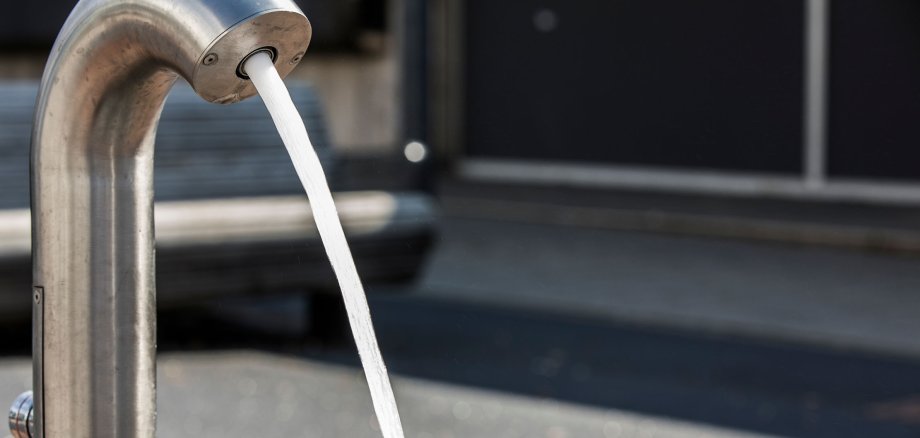District informs: Saving energy without endangering health
In view of the energy crisis and cost increases, many people are concerned with the topic of saving energy - also and especially in their own households, for example with hot water or heating. However, this should not be at the expense of health. The district of Waldeck-Frankenberg provides information on what to look out for.
Do not lower the drinking water temperature too much
The drinking water temperature at the water storage tank, for example, should be set so that bacteria such as legionella cannot multiply, but unnecessary energy consumption can still be avoided. According to the district health service, a minimum temperature of 50 degrees Celsius is recommended for one- or two-family houses. For houses larger than two-family houses, the temperature should not fall below 60 degrees Celsius. Otherwise legionella can form, which can cause pneumonia or febrile illnesses, among other things.
They multiply best at temperatures between 25 and 45 degrees Celsius. Especially in artificial water systems such as water pipes, the pathogens find good conditions at corresponding temperatures. They can multiply particularly well in deposits and coatings in the pipe system. This must be avoided. Energy-saving measures should therefore never be implemented at the expense of drinking water hygiene.
The situation is different if the water heating system is switched off, as is currently the case in many sports halls or village halls. As a rule, legionella cannot multiply in cold water, so there is no danger here when the water heating system is shut down. However, when restarting the system, care must be taken to ensure that this is carried out professionally and that the pipes are flushed. The temperatures in the storage tank and network should also be kept below 20 degrees Celsius, which can be achieved by regular flushing, which according to the Drinking Water Ordinance must be carried out at every tap every 72 hours anyway.
Be careful when heating with fire
But you should also be careful when heating: Due to the sharp rise in energy prices, many people can be expected to want to heat their homes this winter with fireplaces and stoves, or possibly even with other fuel-powered appliances, according to the district's emergency services, fire and disaster control department. Here, too, caution is advised, because incorrect operation can lead to fires and carbon monoxide poisoning, which can be fatal.
It is strongly advised to operate fireplaces properly and to install CO warning detectors in houses and flats. Because: You can neither smell, see nor taste carbon monoxide. Only technical sensors can reliably detect the life-threatening carbon monoxide in the room air. They are therefore useful in every household. CO detectors permanently monitor the ambient air in living spaces and immediately sound the alarm in the event of health-threatening CO concentrations.
There is also a warning against homemade fireplaces such as tea light stoves and the like: "The danger of a wax fire is high," says Gerhard Biederbick, head of the emergency services, fire and disaster control. When tea lights are placed close together, the aluminium bowls with the paraffin heat up enormously until the boiling point of the wax is reached at 250 degrees and the individual flames combine to form a fire. "After a short time, there is a wildfire," the district fire inspector continues.
"The burning oil is almost impossible to extinguish - not with air and certainly not with water, as it evaporates immediately due to the enormous heat." Together with the steam, burning wax splashes around when trying to extinguish the fire with water, posing a high risk of injury. The wax fire resembles the same reaction as a grease fire in the kitchen: the result is shooting flames that can lead to severe burns and a flat fire. Only a fire blanket, an extinguishing spray or a fire extinguisher approved for liquid fires may be used here.
Keywords:
Specialist Service Health Specialist Service Rescue Service, Fire and Disaster Protection
